제조 산업이 발전함에 따라 로봇 용접이 전통적인 수작업 용접을 빠르게 대체하고 있다. 이 변화는 자동차 생산과 같은 산업에서 특히 두드러지며, 로봇 시스템이 업계 표준으로 자리잡고 있다...
CONTACT US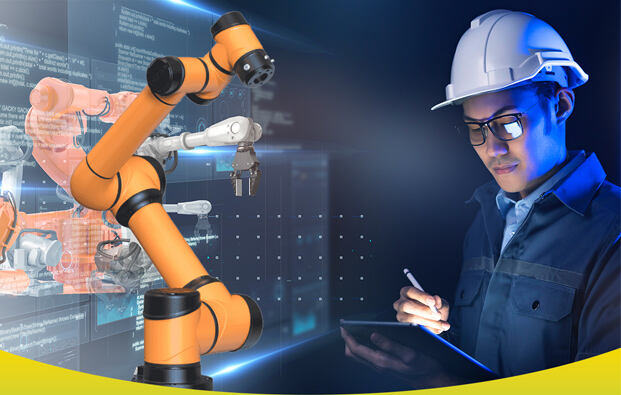
제조 산업이 발전함에 따라, 로봇 용접 은 전통적인 수작업 용접을 빠르게 대체하고 있습니다. 이 변화는 자동차 생산과 같은 산업에서 특히 두드러지며, 다양한 이점들로 인해 로봇 시스템이 업계 표준이 되고 있습니다. 용접 기술의 다양한 발전 중에서 3D 로봇 레이저 용접 이 주요 혁신으로 부각되며, 효율성, 품질 및 비용 효과성에서 큰 개선을 제공합니다.
3D 로봇 레이저 용접의 이점
1. 효율성 증대
로봇은 휴식이나 쉬는 시간이 필요 없이 연속적으로 작동할 수 있어, 정기적인 교대 근무와 휴식이 필요한 인간 작업자와는 달라요. 이 24/7 작동 능력은 생산 과정의 총 처리량을 향상시키는 데 기여할 뿐만 아니라, 급여, 사회 보장 또는 노동 보호와 같은 인건비 관련 비용도 제거합니다. 대량 생산 환경에서는 로봇 시스템이 더 빠르고 정확하게 용접할 수 있어 생산 효율성이 크게 향상됩니다.
2. 일관된 품질
다중 모드 물류의 주요 장점 중 하나는 로봇 용접 그 정확성입니다. 로봇은 인간 실수로 인한 변동성을 배제하고 높은 정확도로 용접 작업을 수행합니다. 이러한 정밀성은 고품질 표준이 중요한 자동차 산업과 같이 대량이고 반복적인 생산 프로세스에서 특히 중요합니다. 결과적으로 로봇 용접은 각 용접에서 일관되고 안정적인 품질을 보장합니다.
3. 비용 절감
로봇 용접 시스템에 대한 초기 투자가 상당해 보일 수 있지만, 장기적인 이점은 비용을 훨씬 초과합니다. 로봇은 각 용접 작업에 인간 근로자를 필요로 하지 않으므로 인건비를 줄이는 데 도움을 줍니다. 또한 로봇 용접 시스템은 불량률과 재료 낭비를 최소화하여 장기적으로 큰 절감 효과를 제공합니다. 효율성 향상 덕분에 로봇 용접 시스템의 투자 회수 기간(ROI)은 일반적으로 몇 개월 안에 실현됩니다.
4. 강화된 안전성
로봇 시스템은 인간 근로자에게 위험한 고위험 환경에서 작동할 수 있습니다. 이는 고온 지역, 독성 가스가 있는 구역, 또는 강한 빛에 노출되는 곳을 포함합니다. 이러한 위험한 작업을 로봇이 대신 처리함으로써 작업자 부상을 방지하고 유해 물질에 대한 노출을 줄여 작업장의 전반적인 안전성을 향상시킵니다.
5. 스마트하고 유연한 생산
인공지능(AI)과 머신러닝의 발전은 로봇이 점점 더 복잡한 작업을 처리할 수 있도록 하고 있습니다. 이러한 시스템은 유연한 생산 라인에 통합될 수 있어 다양한 제품과 생산 요구 사항에 적응할 수 있습니다. 이 적응성 덕분에 로봇 용접은 다양한 응용 분야와 생산 환경에서 적합해졌습니다.
6. 프로그래밍의 용이성
로봇 시스템에 대한 일반적인 오해 중 하나는 고도로 숙련된 운영자가 프로그래밍하고 관리해야 한다는 것입니다. 그러나 현대의 로봇 용접 시스템은 사용자 친화성을 염두에 두고 설계되었습니다. 적절한 교육을 받으면 운영자는 용접 작업을 위한 로봇 시스템 프로그래밍을 신속하게 배울 수 있습니다. 프로그래밍 과정은 간소화되어 운영자가 짧은 시간 안에 숙달할 수 있습니다.
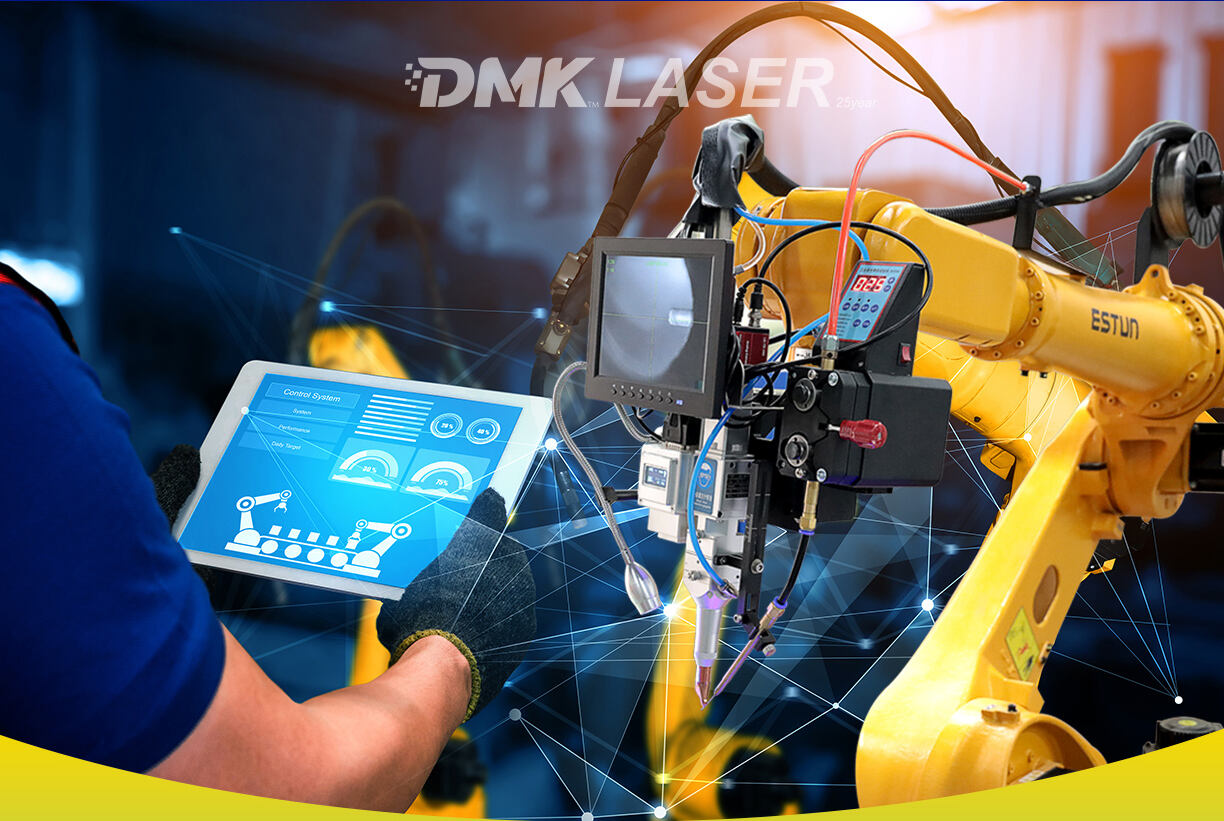
7. 직관적인 프로세스 인터페이스
로봇 용접 시스템은 운영자가 레이저 파워와 진동과 같은 주요 매개변수를 조정하기 쉬운 시각적 인터페이스가 장착되어 있습니다. 이러한 직관적인 제어는 추가 컨트롤러 없이 테이치펜던트를 통해 접근할 수 있습니다. 간소화된 설정은 로봇 용접 시스템의 운영 복잡성을 줄여 기술 경험이 제한된 작업자들도 사용할 수 있도록 합니다.
전통적인 용접에서 로봇 및 레이저 용접으로의 전환
전통적으로 로봇 용접은 아크 용접 공정과 관련되어 왔습니다. 그러나 레이저 용접의 발전, 특히 가격 하락에 따라 핸드 헤드 레이저 용접 기계 , 용접 기술의 풍경이 변화하고 있습니다. 특히 레이저 용접은 얇은 시트 애플리케이션에 있어 전통적인 용접 방법을 빠르게 대체하고 있습니다. 또한 더 두꺼운 재료의 경우, 레이저와 아크 용접을 결합한 하이브리드 용접 기술이 인기를 얻고 있습니다. 로봇 시스템과 레이저 용접기의 통합은 이 진화의 다음 단계를 나타내며, 더욱 높은 정밀도와 유연성을 제공합니다.
그 결과, 로봇 레이저 용접 시스템 은 다양한 산업에서 점점 더 인기가 높아지고 있습니다. 이러한 시스템은 속도, 정확성, 그리고 대량 생산이 중요한 환경에서 특히 효과적입니다.
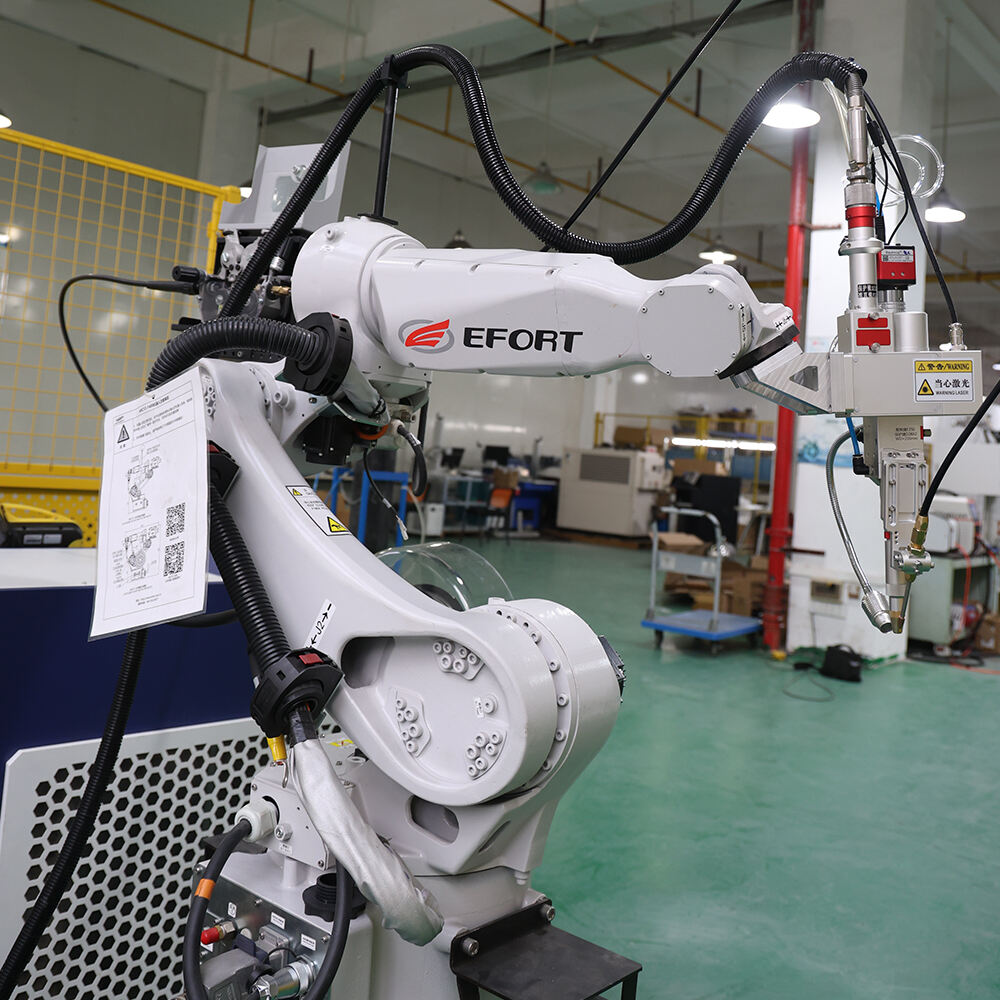
시트 메탈 가공 업체들의 주요 문제 해결하기
로봇 용접으로 전환을 고려하는 시트 메탈 가공 업체 소유주들은 여러 중요한 요소를 고려해야 합니다. 두 가지 주요 우려 사항이 종종 제기됩니다:
프로그래밍의 복잡성: 많은 사업주들이 로봇 용접 시스템을 프로그래밍하는 것이 직원들이 숙달하기에 너무 복잡할 것이라고 걱정합니다. 또한 프로그래밍이 너무 오래 걸려 전체 생산 일정에 방해가 될 수도 있다고 우려할 수 있습니다.
조달 및 사후 지원: 또 다른 일반적인 고민은 로봇 시스템과 레이저 용접 장비를 중국에서 조달하는 것이 현실적일지, 설치가 쉬울지 여부입니다. 사업주들은 또한 사후 지원, 교육 및 장기 서비스의 가능성을 궁금해할 수 있습니다.
이러한 우려는 타당하지만, 적절한 접근 방식과 지원 체계로 효과적으로 해결할 수 있습니다.
우리의 3D 로봇 레이저 용접 솔루션
DMK 레이저에서는 시트 메탈 가공 기업들의 필요를 충족시키기 위해 포괄적인 3D 로봇 레이저 용접 솔루션을 제공합니다. 우리의 솔루션은 사업주들의 주요 고민을 해결하며 여러 중요한 기능을 제공합니다:
1. 맞춤형 제품 구조 및 설계
로봇 용접 시스템은 용접되는 작업물의 특정 요구 사항에 맞게 조정할 수 있습니다. 팔의 스팬은 작업물의 크기에 따라 조정할 수 있으며, 적절한 레이저 용접 헤드는 용접 두께에 따라 선택됩니다. 로봇의 하중 용량과 레이저 머신의 출력은 응용 프로그램의 특정 필요에 맞게 구성됩니다. 또한 작업물이 복잡하거나 과대한 경우 회전 축, 바닥 레일, 포지셔너와 같은 선택적 부속품을 추가할 수 있습니다.

2. 설치 및 설정
설정이 최종화되면 장비는 약 2주 안에 출하될 수 있습니다. 설치 중 주요 고려 사항은 지반이 로봇의 무게를 견딜 수 있도록 확보하는 것입니다. 로봇의 기반은 바닥에 볼트로 고정되고 안정성을 위해 수평을 맞춥니다. 우리는 설치 과정을 안내하기 위한 포괄적인 교육 자료, 비디오 튜토리얼 등을 제공합니다. 또한 온라인 지원을 제공하거나 로봇 설치 및 디버깅에 경험이 있는 현지 기술자와 연결해 드릴 수도 있습니다.
3. 설치 후 지원
설치 후에는 시스템 프로그래밍을 도와드립니다. 작업물 도면만 제공하면 저희 팀에서 프로그래밍과 공정 파라미터 설정을 담당합니다. 설치 후 3개월 동안 무료 프로그래밍 지원을 제공합니다. 이후 추가 프로그래밍 서비스가 필요할 경우 서비스별로 제공됩니다.
4. 교육 프로그램
우한에 있는 우리 시설에서 현장 교육을 제공하며, 운영자들은 로봇 시스템을 프로그래밍하고 용접 파라미터를 설정하는 방법을 배울 수 있습니다. 직접 참석이 어려운 경우 온라인 교육 옵션도 제공됩니다. 우리의 교육은 귀하의 팀이 로봇 용접 시스템을 효과적으로 운영할 수 있도록 완전히 준비시켜줍니다.
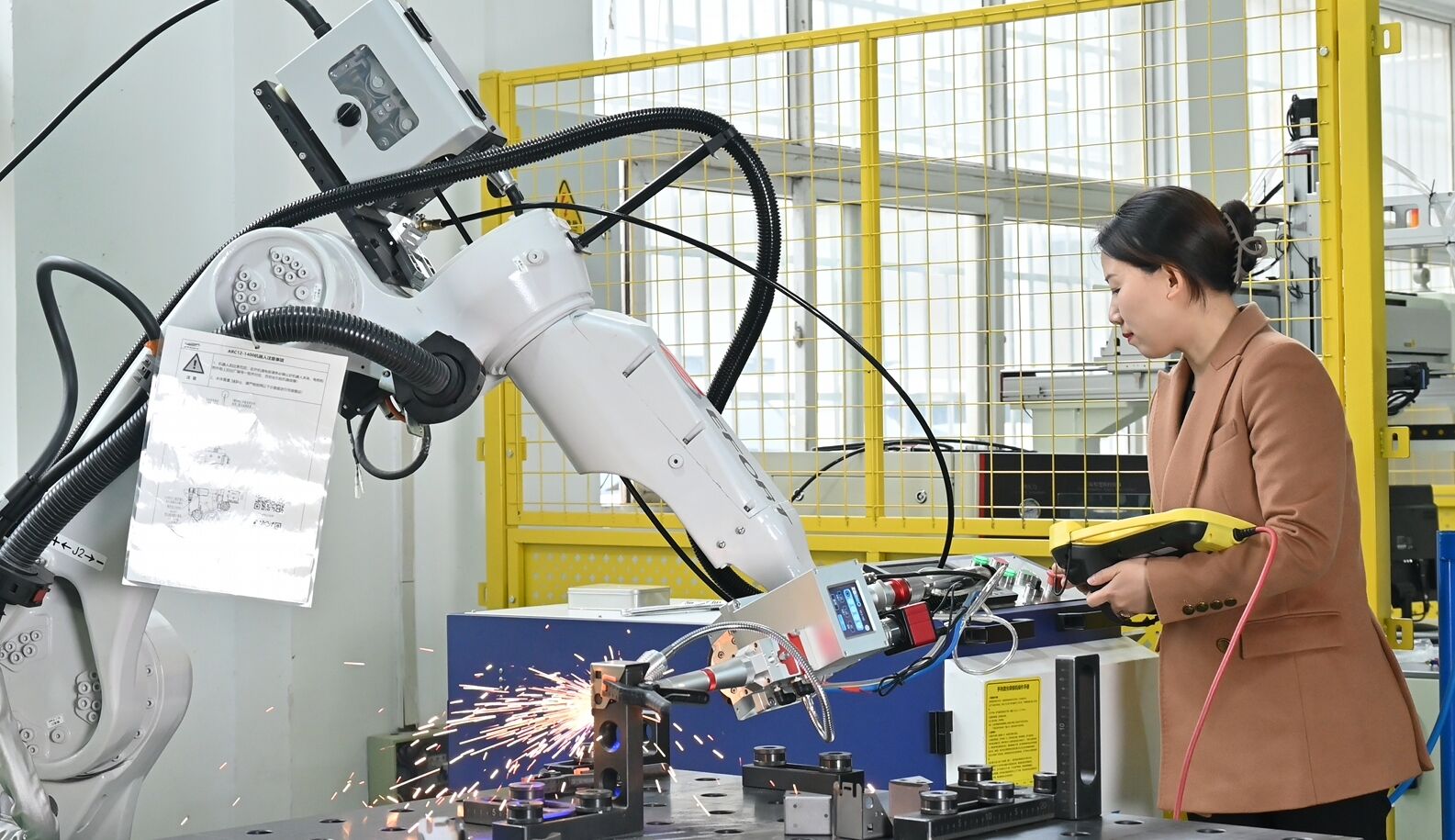
5. 맞춤형 및 추가 서비스
기본 로봇 용접 시스템 외에도 특정 용접 요구 사항에 맞춘 맞춤형 솔루션을 제공합니다. 이는 용접 라인 추적 및 지능형 용접 시스템을 포함합니다. 로봇 용접 공정 개발을 지원하기 위해 우한에 로봇 용접 가공 센터를 설립했습니다. 이 센터는 다양한 3D 용접 서비스를 제공하며, 고객의 다양한 요구를 처리하고 귀중한 공정 데이터와 통찰력을 제공합니다.
데모, 검사 및 교육 세션을 위해 우리 회사를 방문해 주시기 바랍니다.
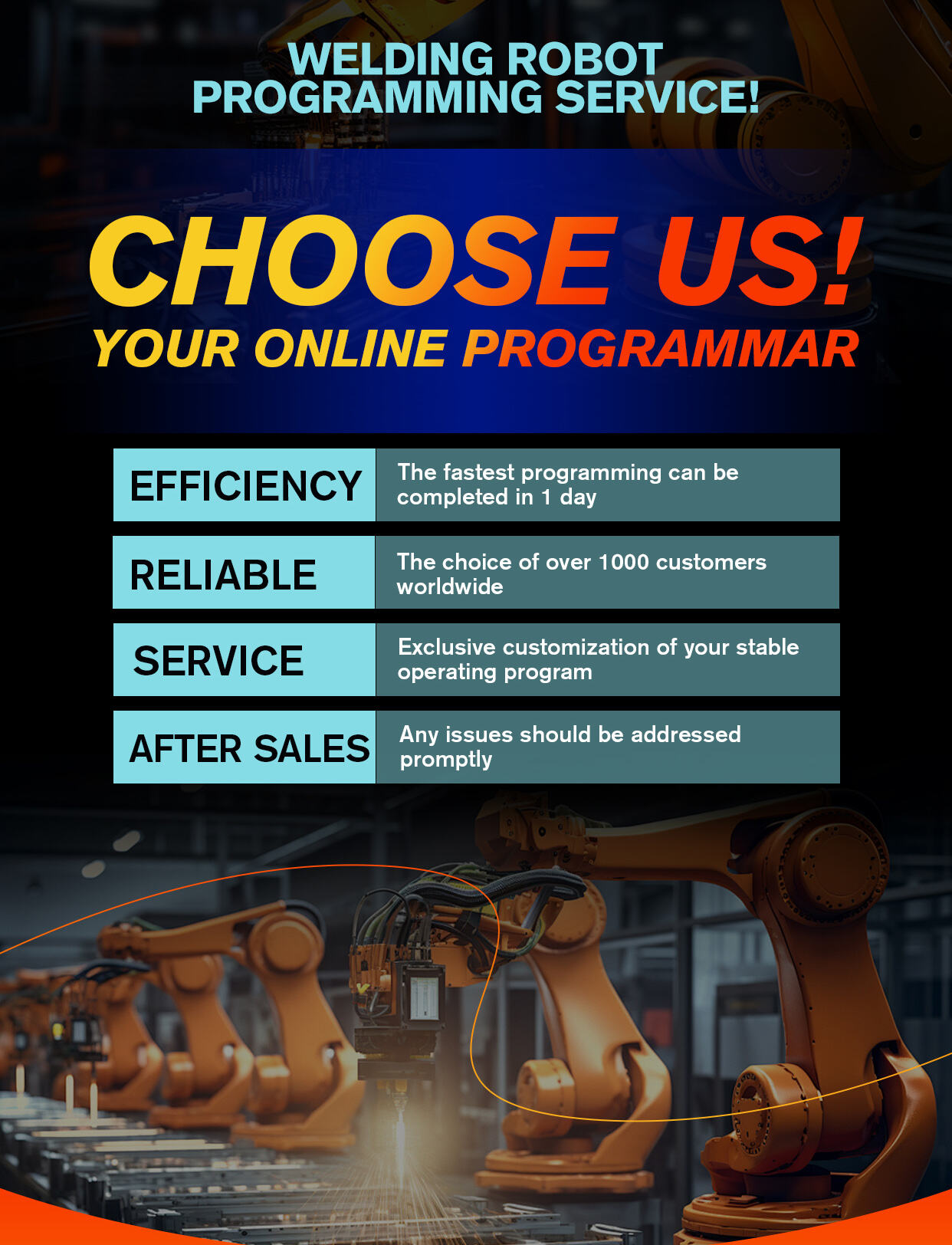
결론
3D 로봇 레이저 용접은 시트 메탈 제작 산업을 변화시키고 있습니다. 이 기술은 효율성, 품질, 안전성, 비용 절감 측면에서 중요한 장점을 제공하여 급변하는 시장에서 경쟁력을 유지하려는 기업들에게 이상적인 솔루션입니다. DMK Laser에서는 설치, 프로그래밍, 교육 서비스를 통해 고객들이 자동화된 용접 시스템으로 원활하게 전환할 수 있도록 포괄적인 로봇 레이저 용접 솔루션을 제공합니다.
우리의 로봇 레이저 용접 솔루션에 대해 더 알아보고 싶으시다면 언제든지 연락 주세요. 최첨단 기술로 귀사의 성장을 지원하기 위해 기다리고 있습니다.